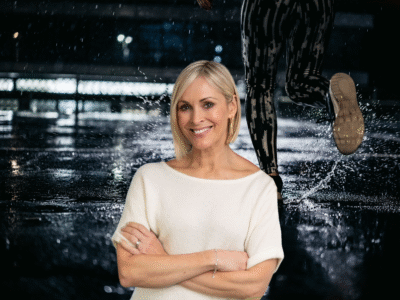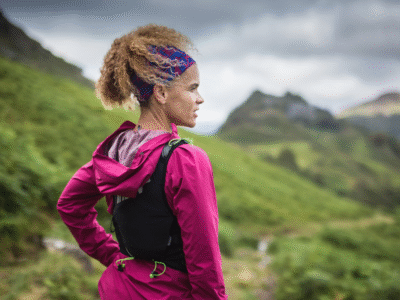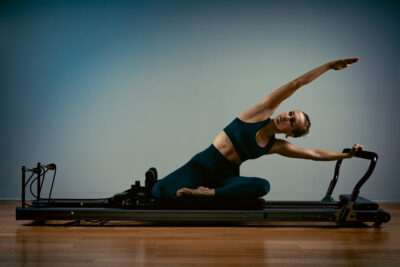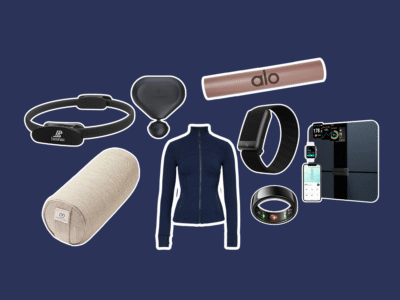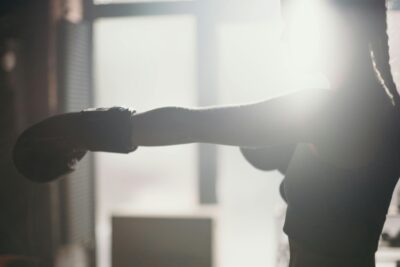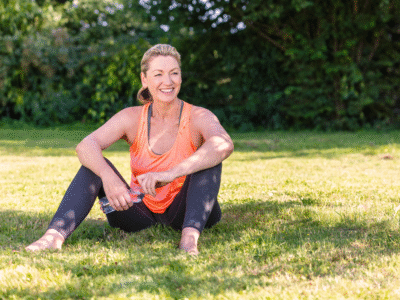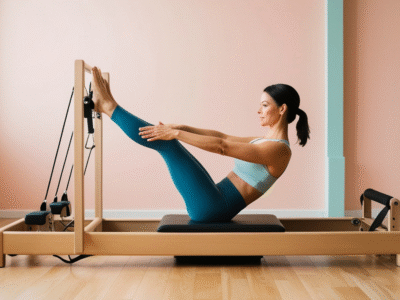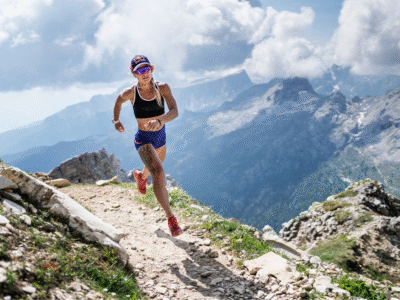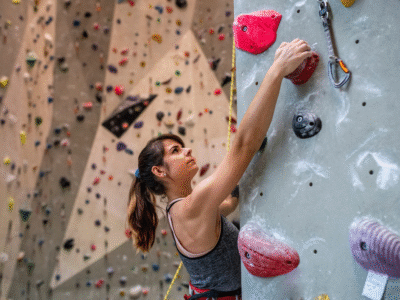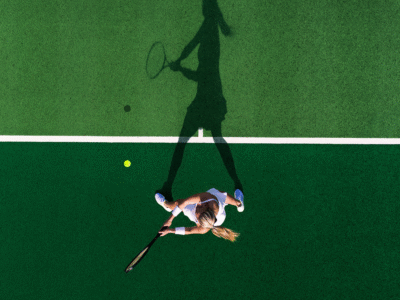From the aches and pains to issues with latching, sleeping and yours and your little one’s recovery from birth, we find out how the holistic therapy can benefit you and your baby, pre- and postnatally.
During pregnancy, many people will turn to osteopathy to help with a multitude of physical problems they may experience, but less common is for parents to take their newborns for a treatment, even though it may be exactly what they need. Whether you’re seeking treatment for yourself or your baby, two osteopaths explain how it could help.
What is osteopathy?
A holistic form of therapy for musculoskeletal concerns, osteopathy is commonly sought for bad backs — but osteopaths treat the body as a whole.
“No part of the body can be considered in isolation,” says Poonam Shah, a consultant osteopath, naturopath and medical acupuncturist. “For example, a stiff neck may be the root cause of shoulder pain or tingling in the hand, or dropped arches in the feet may be the root cause of an ongoing lower-back issue.” Poonam’s Instagram is full of tips for everyone, but has plenty of posts relating to pregnancy, postpartum recovery and babies.

How can osteopathy benefit pregnant people?
As well as ailments that existed prior to the pregnancy, whether they’ve worsened or not, osteopathy can treat a number of physical issues faced during pregnancy, caused simply by changes to and added pressure on the body. “Body weight will increase and the ligaments will loosen, affecting the centre of gravity and subsequently posture,” says Poonam. “This will have an impact on the pregnant person’s muscles, joints and the rest of the body, such as the digestive system, diaphragm and internal organs. These changes may cause discomfort, dysfunction and pain.”
These aches and pains will most commonly manifest as back pain, sciatica, sacroiliac pain (where the spine and pelvis connect), pelvic girdle pain, hip or knee pain, coccydynia (painful coccyx) and muscle pain. “By addressing these areas of dysfunction, the osteopath will optimise the space where the baby grows and consequently encourage it to lie correctly and move into a better position,” adds Poonam.
Fellow osteopath Nadia Alibhai agrees, adding that for some women these issues don’t simply fade away after birth, so it can be important to seek postpartum treatment. At this stage, some mothers will find themselves with additional physical ailments that an osteopath can help with. “Following delivery, it’s not only necessary for the body to recover from the changes that occurred during pregnancy, but also after the effects of labour,” says Nadia. “Plus, from carrying your baby and breast feeding, to putting them in and out of their pushchairs or car seats, parenthood can lead to stresses and strains on your body.
“Treatment is different for each patient and is tailored to the individual, but in general I use soft-tissue massage and mobilisation techniques of the joints to enable less stiffness and better mobility.”

How can osteopathy benefit babies?
You might expect babies to be too young to require musculoskeletal therapy, but this isn’t the case at all. Poonam tells me she sees babies from soon after they’re born for a number of reasons, including breastfeeding challenges (latching difficulty, preference for feeding on one side), digestive issues (reflux, gas, constipation), head shape asymmetries and congenital torticollis (when the head/neck is tilted), crying, difficulty settling and sleep disturbances. She also treats babies to help them recover from traumatic births.
Nadia believes it’s not only beneficial, but very important for a baby to see an osteopath if the birth was traumatic, but adds that even if it wasn’t, all newborns can benefit as the birthing process can leave them with tensions in the head and neck. “As a baby makes its way to the vaginal opening, its head undergoes a series of contractions to squeeze through the birth canal. For some babies this can cause complications.”
She goes on to say that any baby can benefit from osteopathy (unless they have unfused skulls), including those delivered by C-section, because, much like for adults, it can simply help their body function as efficiently and comfortably as possible. “It’s a hands-on therapy using gentle techniques over the baby’s skull,”
she explains.
Both Poonam and Nadia warn that you may notice effects of the therapy on your little one for up to three days afterwards — they may seem sleepy or agitated — but this should subside as the benefits come to fruition.


